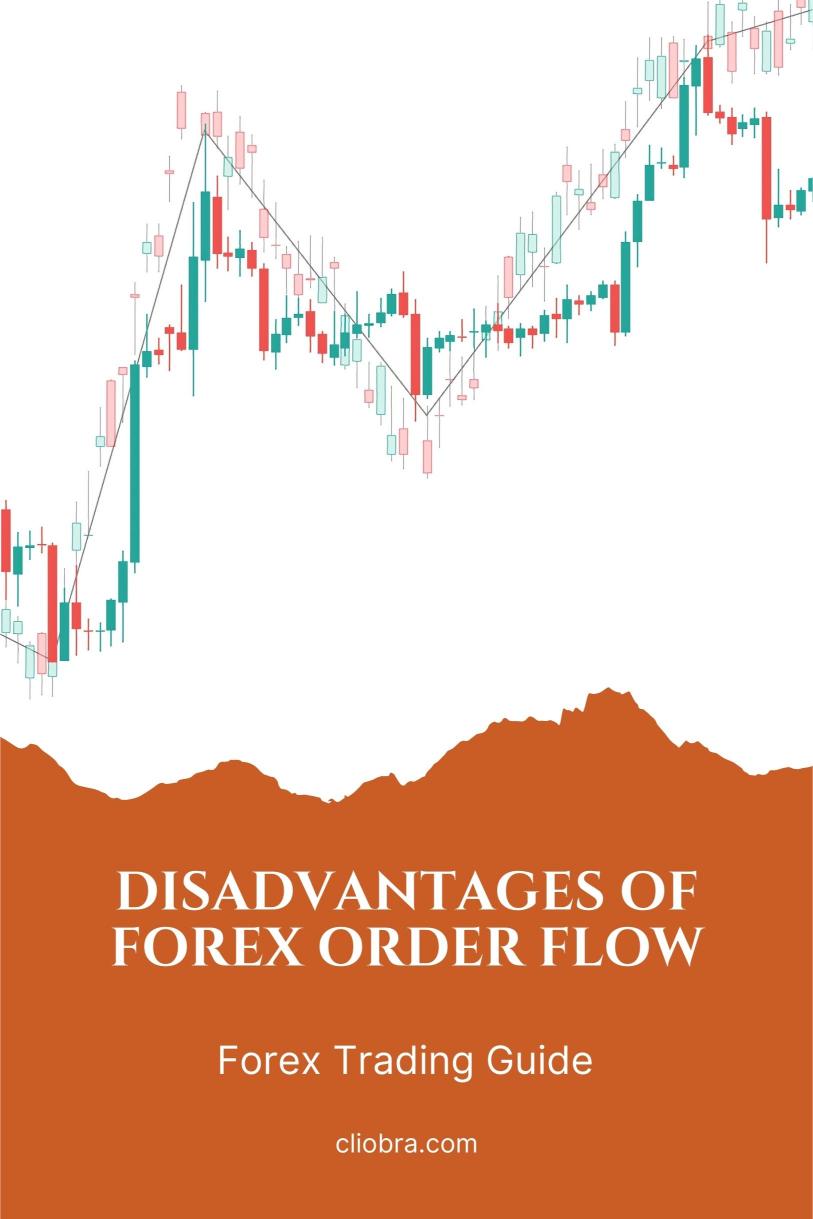Last Updated on February 7, 2025 by Arif Chowdhury
Ever felt overwhelmed by the sheer volume of data in Forex trading?
You’re not alone.
As a seasoned Forex trader since 2015, I’ve faced those same worries.
I’ve been there, grappling with the complexities of order flow analysis.
It’s a critical element in trading, but let’s be real—it comes with its own set of disadvantages.
So, let’s break it down in a way that makes sense.
What Is Forex Order Flow?
At its core, order flow refers to the actual buy and sell orders in the market.
It shows you where the money is moving, which can be helpful.
But here’s the kicker: relying solely on order flow can lead to pitfalls.
Disadvantages of Relying on Order Flow
1. Market Noise
The Forex market is noisy.
With countless orders coming in, it can be hard to distinguish meaningful data from the noise.
Studies show that nearly 70% of Forex traders lose money primarily due to this overwhelming noise.
It clouds judgment and can lead to poor decisions.
2. Lagging Indicators
Many traders rely on order flow indicators that lag behind actual market movements.
By the time you react, the opportunity may have already passed.
No one likes to chase after trades, right?
3. High Complexity
Understanding order flow requires a steep learning curve.
You need to grasp concepts like liquidity, volume, and market depth.
For many traders, this complexity can lead to frustration and mistakes.
4. Inconsistent Results
Order flow can produce inconsistent results.
What works today might not work tomorrow.
Relying solely on it can lead to a rollercoaster of profits and losses.
5. Overtrading
Analyzing order flow can sometimes lead to overtrading.
The desire to capitalize on every movement can result in high transaction costs and emotional fatigue.
I’ve learned that fewer, well-planned trades often yield better results.
How to Avoid These Disadvantages
Now that we’ve laid out the issues, let’s talk solutions.
1. Diversify Your Strategy
Don’t put all your eggs in one basket.
Combine order flow analysis with technical and fundamental analysis.
This multi-faceted approach enhances your trading decisions.
2. Use Reliable Tools
Leveraging technology can streamline your process.
Consider using sophisticated trading bots that can analyze market data for you.
I’ve developed a portfolio of 16 diverse trading bots that focus on major pairs like EUR/USD, GBP/USD, USD/CHF, and USD/JPY.
These bots are designed to trade long-term, targeting 200-350 pips. Check them out here!
3. Establish Clear Rules
Create a set of rules for when to enter and exit trades.
This helps remove emotions from the equation and keeps you disciplined.
4. Regularly Review Your Trades
Set aside time to analyze your past trades.
What worked? What didn’t?
This reflection can help you refine your approach over time.
5. Choose the Right Broker
A reliable broker can make a world of difference.
I’ve tested and recommend the best Forex brokers to ensure you have a solid foundation for your trading.
Find them here.
Conclusion
Order flow analysis can be a valuable tool in your Forex arsenal, but it’s not without its drawbacks.
Recognizing the disadvantages is the first step toward mitigating their impact.
By diversifying your strategy, using reliable tools, and choosing the right broker, you can navigate the Forex waters more effectively.
Trade smart, stay informed, and make your journey profitable.
